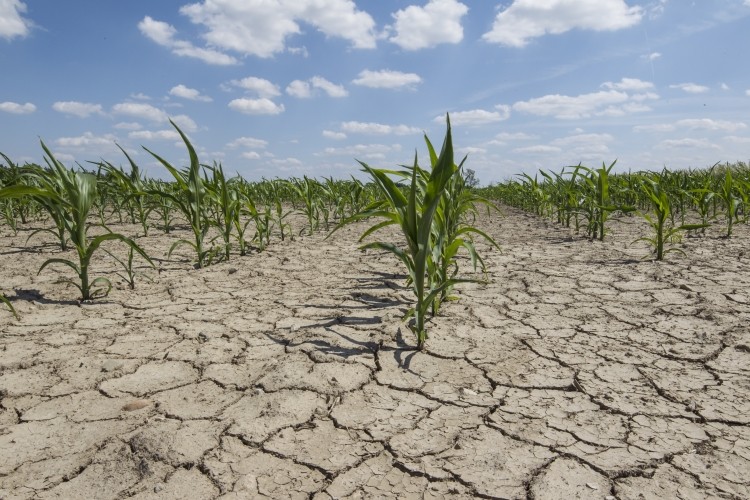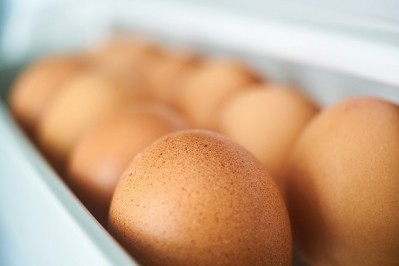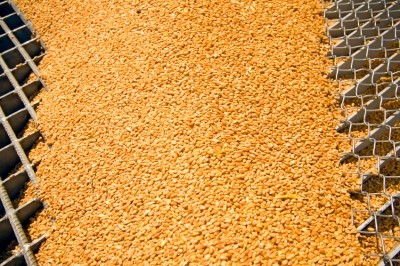Special Edition: Grain Market Developments
South Africa sees feed prices soar, looks for increased corn imports

A US Department of Agriculture (USDA) Foreign Agricultural Service (FAS) Global Agricultural Information Network (GAIN) report from an attaché in South Africa highlights reasons for additional corn imports and effects of high feed prices in the country.
“Currently, broiler production in South Africa is under pressure due to drought-related high feed prices,” the agency said. “A severe drought hit the Southern Africa region in the 2015/16 summer season. As a result, post estimates that broiler meat imports will increase by almost 20% in 2016 to 520,000 tons.”
Broiler meat imports are expected to grow by about 8% in 2017, reaching about 560,000 tons, the agency said. The increase is attributed to demand and availability of products from the US, which has seen an increase in exports to the country although Brazil remains the largest poultry exporter.
Imported corn for feed and human consumption is expected to come from the US, Mexico, Argentina and Brazil, the agency said.
Feed prices and poultry
Broiler production in South Africa has been facing several challenges, including from feed prices and economic stresses, said the attaché. “Due to the severe drought that hit the Southern Africa region in the 2015/16 summer season, the production of corn fell by almost 30% resulting in historical high corn prices,” he added.
“Broiler production is currently under pressure in South Africa because of the drought-related high feed prices,” said the agency. “The local broiler industry is also struggling to push the higher feed prices through to the consumer as the South African economy is under pressure, diminishing the industry’s profit margins and competitiveness.”
Feed is one of the major expenses involved in poultry production and can account for up to 75% of the price to produce a bird, the agency said. Drought conditions increased prices for corn – the primary ingredient in poultry feed.
“Any change in the price of corn impacts directly on the profit margin of broiler producers,” the agency said. “Both white corn and yellow corn prices traded at historical high levels of R5,280/ton ($391) and R4,130/ton ($306), respectively, in mid-January 2016, when the rand depreciated to more than R16.50/US$ and the severity of the drought started to be realized by role players in the South African grain value chain.”
Internal broiler production was about 1.3m tons in 2015 and had only a slight increase in 2016, while imports grew more rapidly, the agency reported. South African production however, is expected to see an increase of about 6% next year if feed prices drop.
Drought conditions in the 2015/16 summer season that caused high feed prices are anticipated to see an end by the 2016/17 summer season, said the attaché.
“Given a return to normal weather conditions in the 2016/17 summer season and an associated decline in corn prices, as well as, an estimated six percent growth in demand to 1.9 million tons (excluding offal), post forecasts a five percent increase in broiler production in 2017 to 1.4 million tons of meat or 1,070 million broilers slaughtered,” said the agency. While imports are expected to continue growing, the rate is predicted to slow.
Corn imports
Weather conditions that have influenced feed price, also mean that the county will need import both white and yellow corn, said the attaché. In January, white corn and yellow corn prices were 36% and 17% higher respectively than the previous year.
“South Africa needs to import about 3.5m tons of corn and as a result, local corn prices are expected to trade at these relatively high levels, most probably until next years’ harvest season,” the agency said.
It is expected that the country will return to being a net exporter of corn in the 2016/17 marketing year, accounting for about 1m tons, the attaché said in a feed and grain report. However, dry conditions decreased production for 2015/16 marketing year by about 40%.
Total production for 2015/16 is expected to be about 7.6m tons, down from 10.6m tons in 2014/15 and the 15m ton crop in 2013/14, the agency said.
By the end of July about 370,000 tons had already been imported from Argentina and Mexico, the agency reported. Other major trade partners for corn include Argentina for yellow corn and the US for white corn.
“The area to be planted with corn later in 2016, for the 2016/17 MY, will be influence in a positive manner by relatively high local corn price levels, due to the past dry season,” said the attaché. “Hence, post forecasts that around 2.8m hectares of corn will be planted later in 2016, under normal climatic conditions, which is about 10% higher than the five-year average in area planted.”
With a return to more regular production, the corn crop for 2016/17 could be about 12.6m tons, the agency said.












